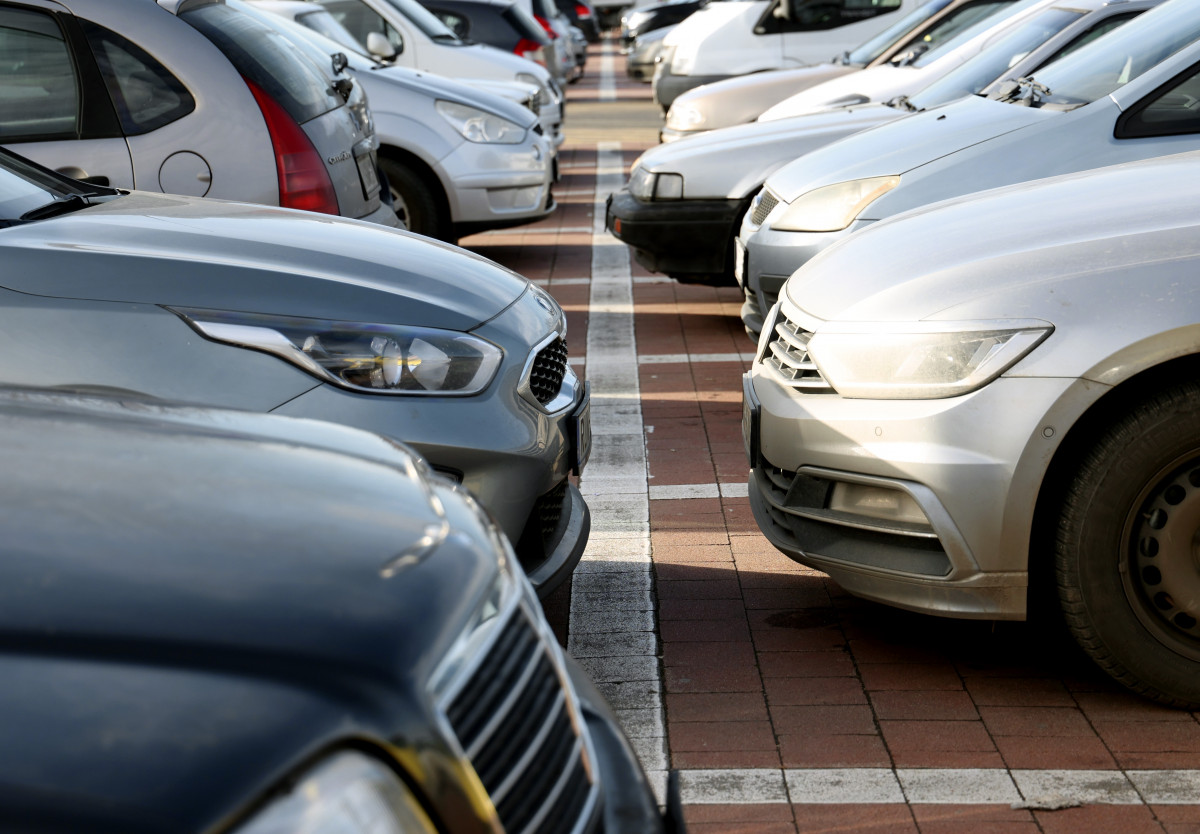The mayor, Papp László, announced a few days ago that the parking system in Debrecen will change in two phases, starting from January 1, 2025, and then on July 1, 2025. The main point is that the area of paid parking will increase significantly. What does the Debrecen Regional Transport Association (DERKE) expect from these changes? Zoltán Jónás, president of DERKE, answered Debreceni Nap’s questions.
Is such a large-scale transformation of the parking system in Debrecen justified? Can we expect this step to solve the problems?
The extent and necessity of the transformation are not in question; in fact, the entire city’s parking system should be reconsidered. It’s strange that Vénkert and Újkert have been included in the paid zone, but Tócóskert has not, despite having similar parking problems. This will not eliminate the problems caused by free parking spaces next to paid zones, as mentioned by the mayor.
On what research and analyses were the decisions based? Was DERKE involved in the process?
We do not know the exact motivation behind the decision. However, we are aware that many residents have complained about parking difficulties, but the quantity and nature of these complaints have not been made public. Most recently, at the request of the planners, we sent comments on Debrecen’s Sustainable Urban Mobility Plan. We have not received any inquiries from the municipality regarding this specific topic.
What long-term goals do city leaders want to achieve with this system overhaul?
Presumably, they want to find a solution to the increasing load on the city’s roads. The mobility plan aims to increase the share of cycling and public transport, but based on our experience, the implemented road developments do not result in faster travel times or increased use of public transport. Previous international experiences also show that expanding road capacity only temporarily solves the problem. Over time, expansion leads to more traffic, which in turn exacerbates parking problems.
Can we expect the number of parking problems in the city to decrease after the introduction of the new system?
There will certainly be areas where it will be successful. In areas close to the city center, with terraced houses, paid parking will certainly help with daytime parking problems. However, we do not expect significant changes in residential areas. There, parking problems occur mainly in the evening hours. Even in areas where parking is already paid (e.g., Hajó utca, Hunyadi utca, Bethlen utca, Hortobágy utca), it is still difficult to find parking in the evening, and people regularly park on green areas.
What impact will the new system have on commerce, tourism, and city center life?
We do not expect a significant impact in this regard.
Are there any plans for informative events or forums?
We welcome interested parties to our office at Kossuth utca 60 on Monday afternoons, and we also answer online inquiries.
How do you plan to monitor and evaluate the operation of the new system?
We also regularly receive feedback. We also conduct traffic counts and passenger counts.
What modifications do you suggest for the future?
First of all, there is a need to establish and expand P+R systems at train stations in rural settlements. However, overall, we do not expect significant results from P+R, as it can only contribute to a small extent to people choosing public transport over cars. We have written in detail about this in our article.
How does the new parking system fit into the city’s other transport developments?
The SUMP also deals extensively with parking. It also mentions P+R, zonal parking systems, and the creation of preferential benefits for local residents. Providing benefits to local residents is a step in the right direction, but offering complete exemption, even for two vehicles per household, is unprecedented. In most parts of the city center, it is still possible to find parking spaces in underground garages during the day. Several “private parking lots” also operate, where free parking for residents is sustainable alongside higher normal parking fees. However, this will certainly not be sustainable in large residential areas, as there is not enough space now. In parts of the residential areas that are close to the city center and where parking is also problematic during the day, designating parking spaces reserved for local residents can help, but in the long term, it will be essential to build parking garages also reserved for local residents, which do not replace existing green areas and can replace a large number of existing parking spaces. However, this is an extremely expensive solution. Unfortunately, in recent years, the city leadership in Debrecen has paid disproportionately less attention to the travel times offered by public transport, which is currently showing a worsening trend: in the most recent timetable change, with one exception, the scheduled journey time of all lines affected by the changes increased, meaning they are slower from one terminus to the other.
The current level of public transport in Debrecen is not attractive enough to be a viable alternative for large numbers of people instead of traveling by car. More traffic calming measures and more bus lanes are needed, but the city is only taking hesitant steps in this matter. The communication mentions a “green city,” but in practice, the focus is still on expanding road capacity, which in itself does not significantly contribute to the usability of public transport.
Our association rather supports the creation and development of P+R and B+R systems near the railway stations of suburban settlements, as this can also reduce the introductory traffic by allowing passengers to arrive from suburban settlements by public transport, if possible by rail. However, this requires well-organized suburban rail or tram transport, which can also be connected to a well-organized local transport system.
A significant change in mindset is also needed on the part of all stakeholders so that the development of the city is structured in a way that discourages the use of private cars as little as possible. The “15-minute city” previously mentioned by the municipality is a very good idea, but unfortunately there are no operational plans in reality to even start in this direction. We know that this is a longer process, but based on our experience so far, the emphasis is still on the use of motor vehicles in practice. For these reasons, we do not expect a significant solution from the parking system overhaul alone.

















